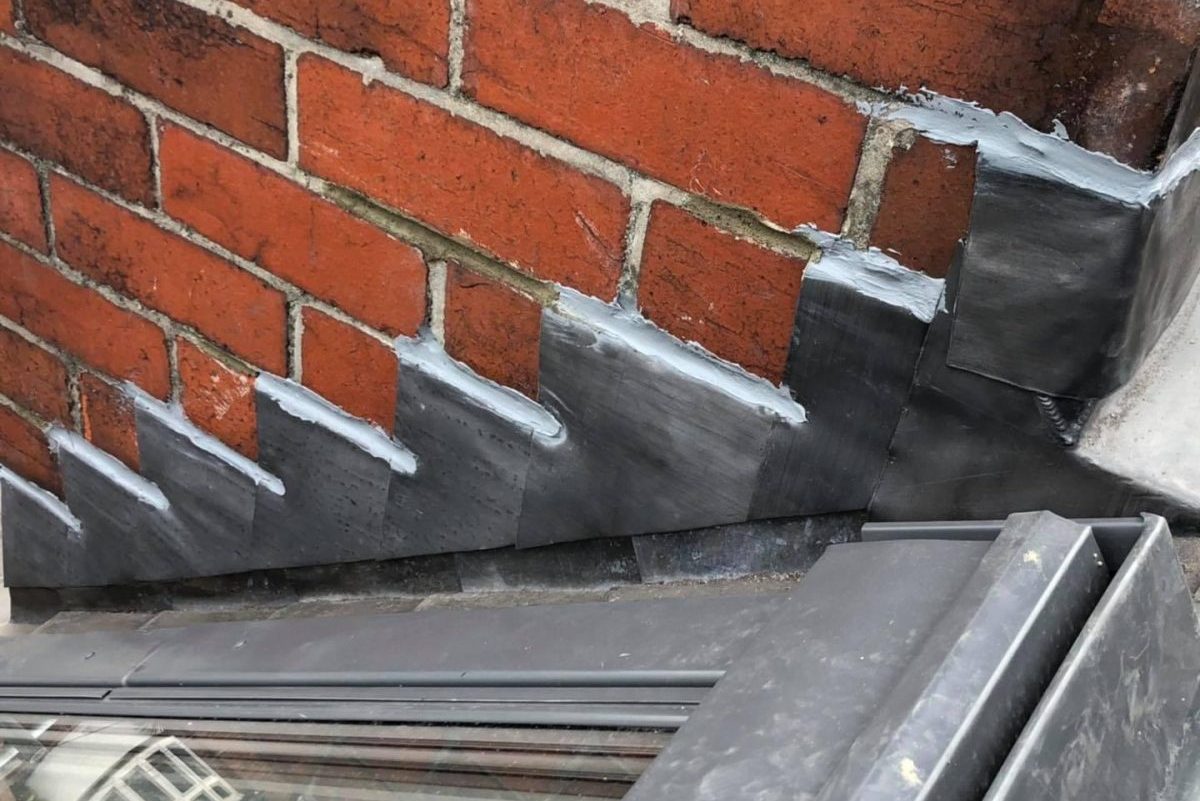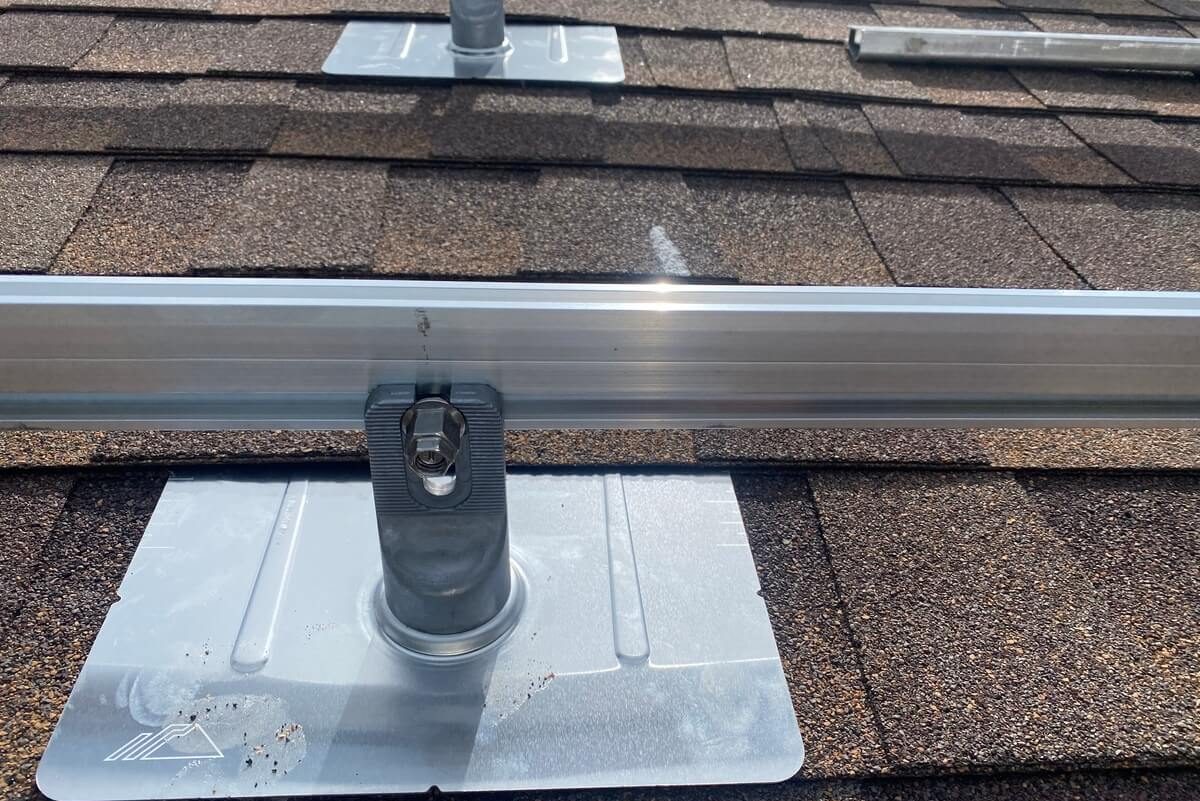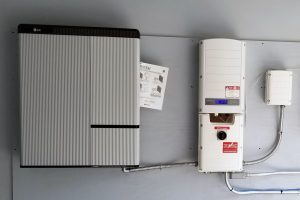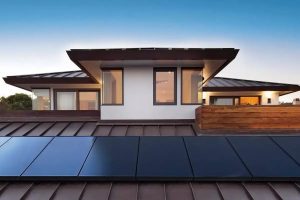
Solar Flashing Have Changed, and Roofing Sealants Remain the Same
One of the most important steps to ensure that the solar roof installation is waterproof is to seal the holes. After making pilot holes into the roof rafters, contractors have to use sealants such as silicone, butyl, or MS polymer to fill the holes. This is to prevent leaks on the solar roofs.
There isn’t a single sealant that works for all solar panels. The right waterproofing method depends on the temperature, moisture, or precipitation levels where the solar panels are installed, and AHJ.
Rocky Stroud, national sales manager of Chem Link, a roof sealant manufacturer, said that solar installers wouldn’t want to be responsible for any leakage when they drill a hole on a good and sealed roof. Many solar people have to learn how to use sealants since they’re not experts on roofs. Sealants are also a very invasive roofing material. Although it can be challenging to use sealants in hot weather, it is more of a struggle in cold weather.

A metal sheet is used for flashing for general roofing projects. This is the extra protection to make the panels more waterproof. It is attached to the roof by using a sealant or an adhesive. Solar systems attached to comp shingle roofs usually utilize the same metal sheet that is slid under a shingled layer. To prevent the metal sheet from moving, a “U” sealant is used at the bottom of the sheet. This protects the roof from elements such as snow and rain and prevents moisture.
Johan Alfsen, senior training director at K2 Systems, a solar mounting manufacturer, said that there’s no better option between metal flashing and non-metal flashing. That means customers can choose what they want since both of them have been tested unlike before when sealing was applied all over the L-foot.


